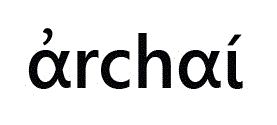Abstract:
Parmenides and Melissus employ different deductive styles for their different kinds of argumentation. The former’s poem flows in an interesting sequence of passages: contents foreword, methodological premises, krisis, conclusions and corollaries. The latter, however, organizes an extensive process of deduction to show the characteristics of what is. In both cases, the strength of their argument rests on their deductive form, on the syntactical level of their texts: the formal structure of their reasonings help to identify the features and logical intersections of their thoughts. On the one hand, Parmenides uses modal reasoning, enforcing the employment of the principle of the excluded middle. On the other hand, Melissus radicalizes the use of modal reasoning and employs counterfactual statements in order to develop his doctrine of what is. Despite their differences, both deserve a place in the Stone Age of logic and theory of argumentation due to their common ambition to demonstrate what is.
Keywords:
Parmenides; Melissus; argumentation; demonstration; counterfactual reasoning
